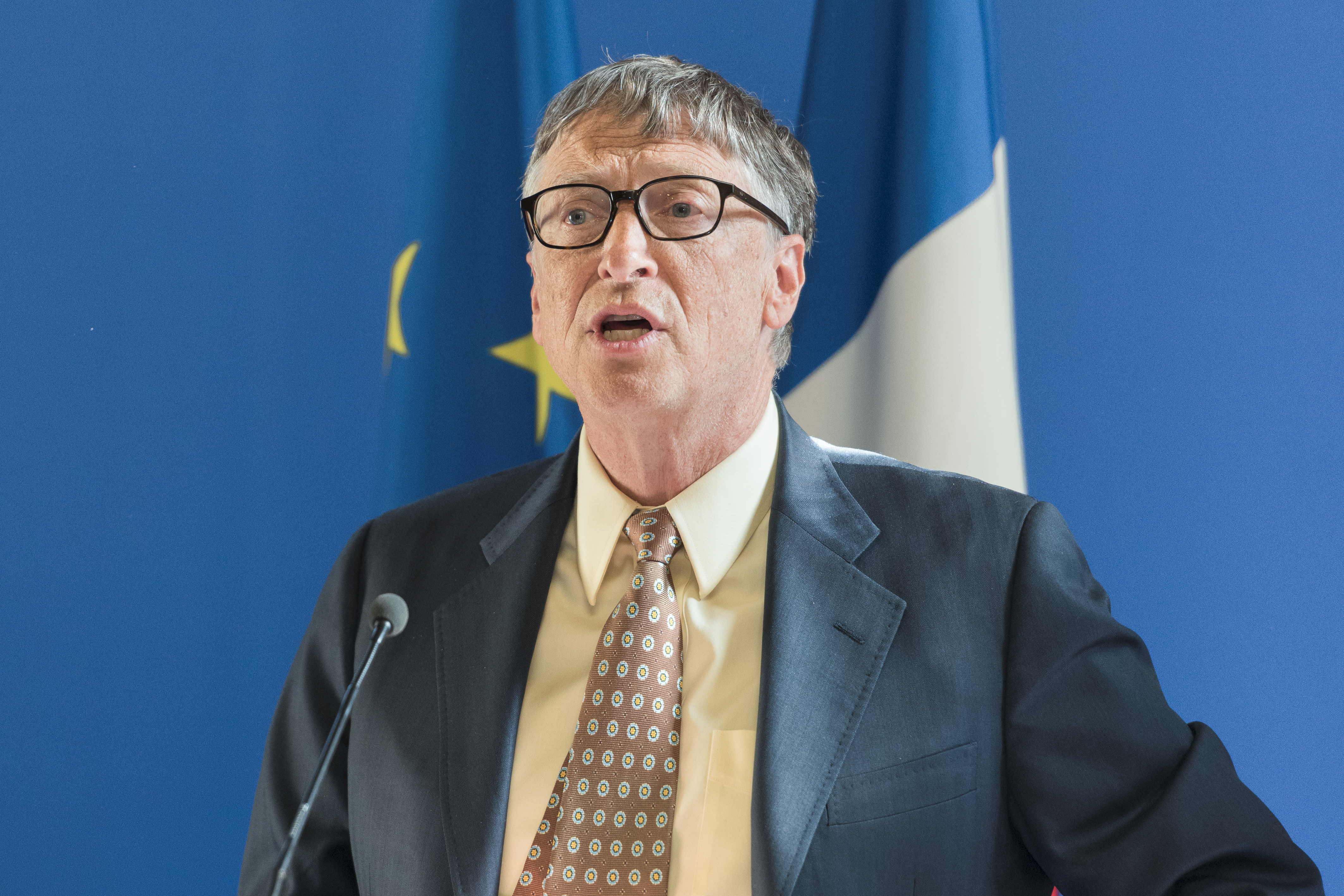“Inside Bill’s Brain,” the new Netflix documentary, tells stories about the life of Microsoft CEO Bill Gates, and attempts to decode how he thinks and works.
On his blog, Gates wrote a story not in the film, about the day he had a “moment of clarity” about what he wanted to do with the rest of his life after Microsoft. It began with an awkward speech in front of Warren Buffet and other business luminaries.
Open the Gates
Some background: Gates stepped down as CEO in 2000 to concentrate on software, after an exhausting anti-trust battle, and did just that. This left room in his life for other things: he began to read for fun, a pastime he remains passionate about to this day, and he and his wife Melinda began to put more energy towards their nascent charitable foundation, the Bill and Melinda Gates Foundation, which then concentrated on the American education system and the development of drugs and vaccines for diseases in poor countries.
“For the first time in my adult life, I allowed myself space for non-Microsoft reading, soaking up books on the immune system, malaria and the history of plagues just as I had once scoured ‘The Art of Computer Programming’,” Gates wrote.
Bill and Melinda’s commitment to philanthropy deepened: they infused $20 billion to their foundation, taken from their Microsoft stock. And Gates jumped in with both feet: “Within a year I’d taken my first overseas trip for the foundation, to India, where I squeezed drops of polio vaccine into babies’ mouths. Melinda traveled to Thailand and India to study how those countries were handling AIDS.”
Buffet, who also happened to be a friend of Gates’, was curious about what he was doing and invited him to speak to a group of business leaders.
Gates was at a moment where he felt like he was at an impasse with humanitarian work. In his experience, hundreds would flock to hear him speak about the latest software, but they weren’t there to hear him give a speech about vaccines reaching more children. “Melinda and I were trying to figure out how we might use our voices to raise the visibility of global health,” Gates wrote. “Would anyone listen?” He thought the speech to business leaders might be a way to find out or at least practice.
In the conference room, where Buffet’s guests were gathered, “I started talking, haltingly at first… As I spoke, the legal tangles that had consumed me the night before vanished. I was energized. When ideas excite me, I rock, I sway, I pace—my body turns into a metronome for my brain. For the first time, all the facts and figures, anecdotes and analyses cohered into a story that was uplifting—even for me.
Afterward, Gates said Warren came over with a big smile. “That was amazing, Bill,” he said. “What you said was amazing, and your energy around this work is amazing.” I grinned back at him. Three ‘amazing’—a first.”
It was that conference-room speech that “encouraged me to take a more public role on global health issues.” And that confidence clearly sustained Gates to pursue the big, hard ideas concerning global health that he still tackles today. But all of that would come later – he was still working at Microsoft at the time and hadn’t begun to even envision life after it. That speech gave him a clue.
“The speech helped me see more clearly a life for myself after Microsoft, centered on the work that Melinda and I had started,” Gates wrote. “Software would remain my focus for years and I will always consider it the thing that most shaped who I am. But I felt energized to get further along this new path we were traveling, to learn more and to apply myself to the obstacles in the way of more people living better lives. Eventually, I would retire from Microsoft almost a decade earlier than I had planned. The 2001 speech was a step, a private moment, on the way to that decision.”
Originally published on The Ladders.
Follow us here and subscribe here for all the latest news on how you can keep Thriving.
Stay up to date or catch-up on all our podcasts with Arianna Huffington here.


